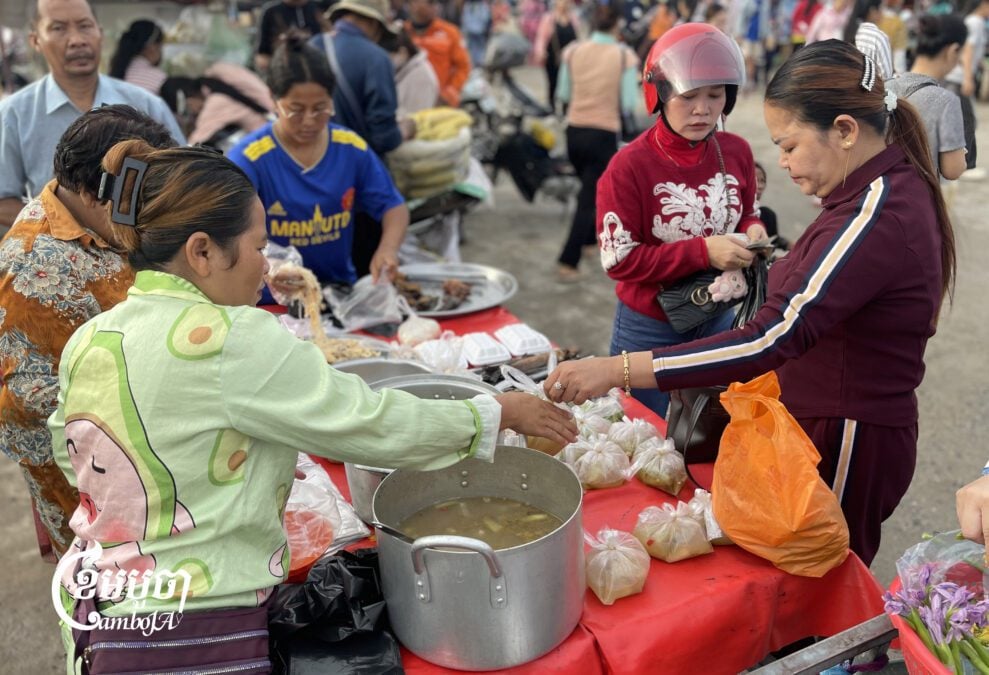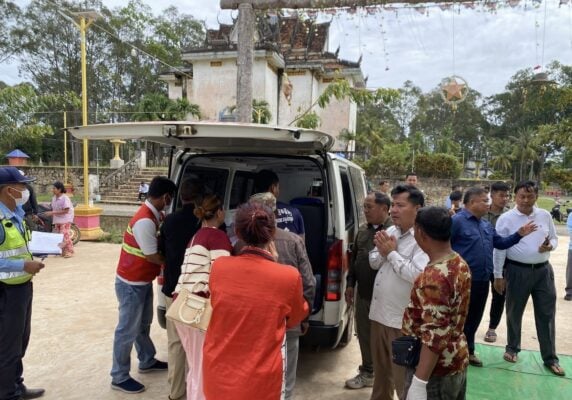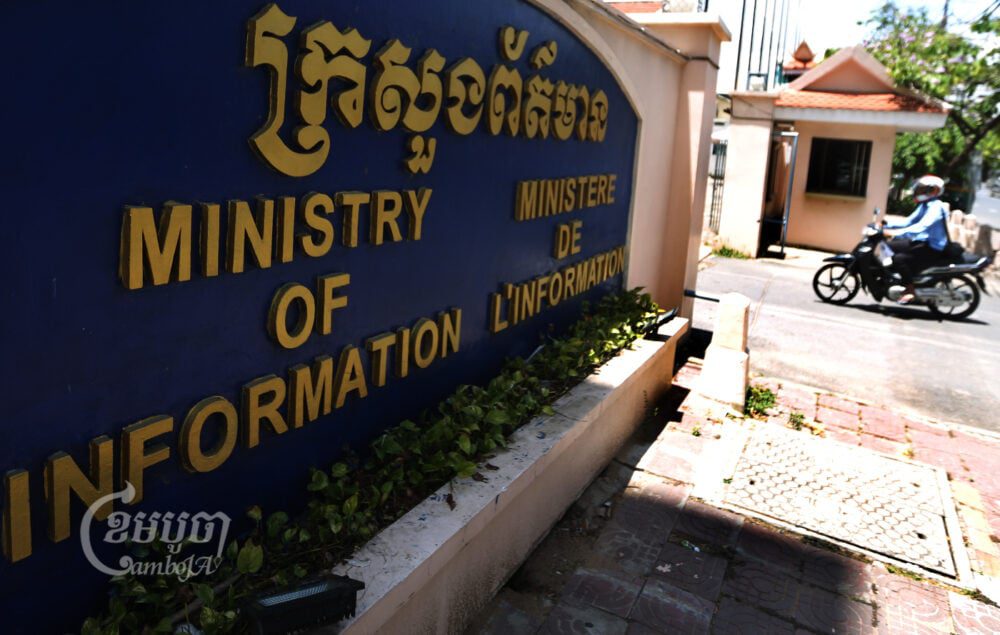Talks over raising the minimum wage for garment, footwear and travel goods (GFT) workers shifted on Wednesday, with unions shelving their proposed figures and looking to the government’s decision next week.
Many GFT unions had sought a 2026 minimum wage of $232 a month, up from the current $208, which they and rights groups said was “far below the threshold of a dignified life.” Representative unions in the discussions dropped the figure after talks with employers and Labor Ministry officials began last week, who cited economic uncertainty from the recent border conflict with Thailand, the mass return of migrant workers and new U.S. tariffs, according to the Labor Ministry.
It is now unclear if wages will rise at all. The Labor Ministry, which moderates talks between unions and employers under its National Minimum Wage Council, is due to decide on September 17, with the final figure to be signed off by the prime minister.
Minimum wage rules apply only to Cambodia’s GFT sector, which employs nearly one million people – mostly women – and forms the backbone of the country’s formal workforce, while more than 88% of workers remain in informal jobs.
Workers spend an average of $408 a month on food and other essentials, almost double their typical income of $250 including overtime and small benefits, according to the Asia Floor Wage Alliance’s 2024 survey.
The disparities between living cost and wages have driven around 76% of GTF workers into debt just to survive, according to the survey.
Floor wages for 2025 increased just $4 following a ruling by the National Minimum
Wage Council, which was implemented in 2018, a couple years after restrictive trade laws were enacted in the wake of deadly crackdowns on workers campaigning for fair pay.
In a statement after Wednesday’s meeting, the Labor Ministry said “relevant parties have jointly agreed to raise three requests to Prime Minister Hun Manet for his consideration and intervention.”
Asked to clarify, ministry spokesperson Sun Mesa said employers had raised points on import-export procedures, customs inspections and investment assurances. He said the unions endorsed the three requests.
“We all understand the situation. That’s why we are not discussing specific numbers right now,” Labor and Vocational Training Minister Heng Sour said when discussing with reporters if a new minimum wage was being considered.
“Instead, we are focusing on how to expand our job market,” he said, citing economic uncertainty and the need to set a wage “competitive and not higher than our neighboring countries.”
Sour argued that other garment-producing countries have yet to set new minimum wages because of uncertainty from U.S. President Trump’s global tariff war, with many still unable to gauge its full impact.

Cambodia’s levy on exports to the U.S. market was cut to 19%, after previously facing tariffs of 49% and later 36%, which fueled uncertainty until the reduction brought rates in line with regional competitors.
Unionists are now turning to next year’s negotiations, hoping economic uncertainty will ease, while workers and other union leaders expressed disappointment that their unions have failed to push for a livable wage.
Touch Seur, president of the Free Trade Union of Workers of the Kingdom of Cambodia, who attended Wednesday’s meeting, said discussions focused on U.S. tariffs and economic issues, which “made it impossible for employers to increase wages for workers.”
“Therefore, both employers and union representatives decided to leave it to the government to raise wages for workers,” she said, adding that the situation will remain difficult for workers, but that next year’s negotiations will be more robust.
Ath Thorn, vice president of the Coalition of Cambodian Apparel Workers’ Democratic Union (CCAWDU), which is not a member of the Minimum Wage Council, criticized the absence of wage proposals from both unions and employers.
“When the right to decide is left to the government, what is the purpose of having the committee?” he said. “All parties are supposed to have clear proposals. If the negotiating team doesn’t put in a number, it puts workers in trouble.”
Thorn declared that while inflation is expected to reach more than 2% in 2025, exporters are projected to make profits of 2.8%, or roughly $500 million to $800 million. “Research is conducted to compare workers’ challenges and economic performance. If unions don’t put forward a wage figure, their demands remain hard to meet,” he added.

A garment worker in Phnom Penh, who spoke on condition of anonymity for fear of losing her job, said she was disappointed that unions did not propose a wage figure during negotiations.
“In my opinion, unions should put forward a specific figure for negotiation. Without one, it feels like there is nothing to discuss. I dare not say whether the wage will increase or not,” she said.
She added that the usual annual raise of two to four dollars does little to improve living conditions and called for the minimum wage to be raised to $300 a month.
Nang Sothy, a representative for GFT employers in the wage talks, could not be reached for comment.











